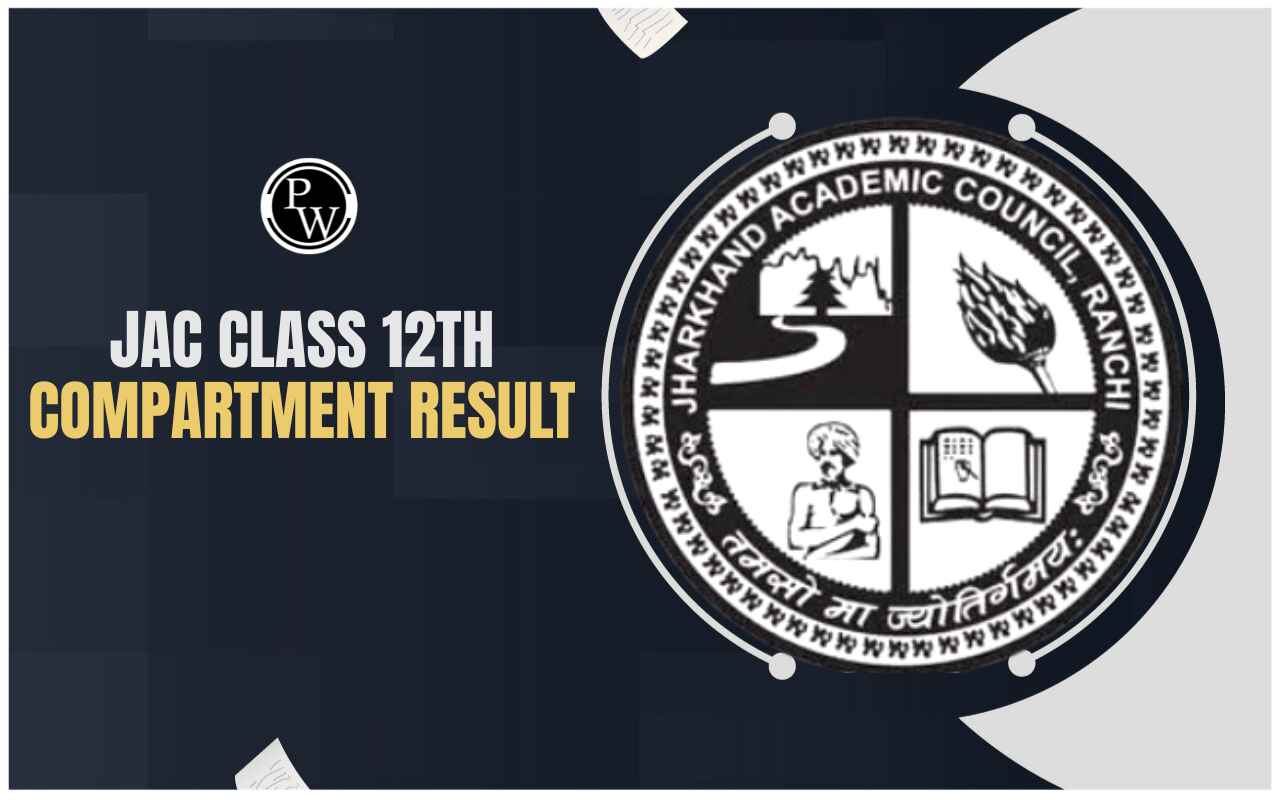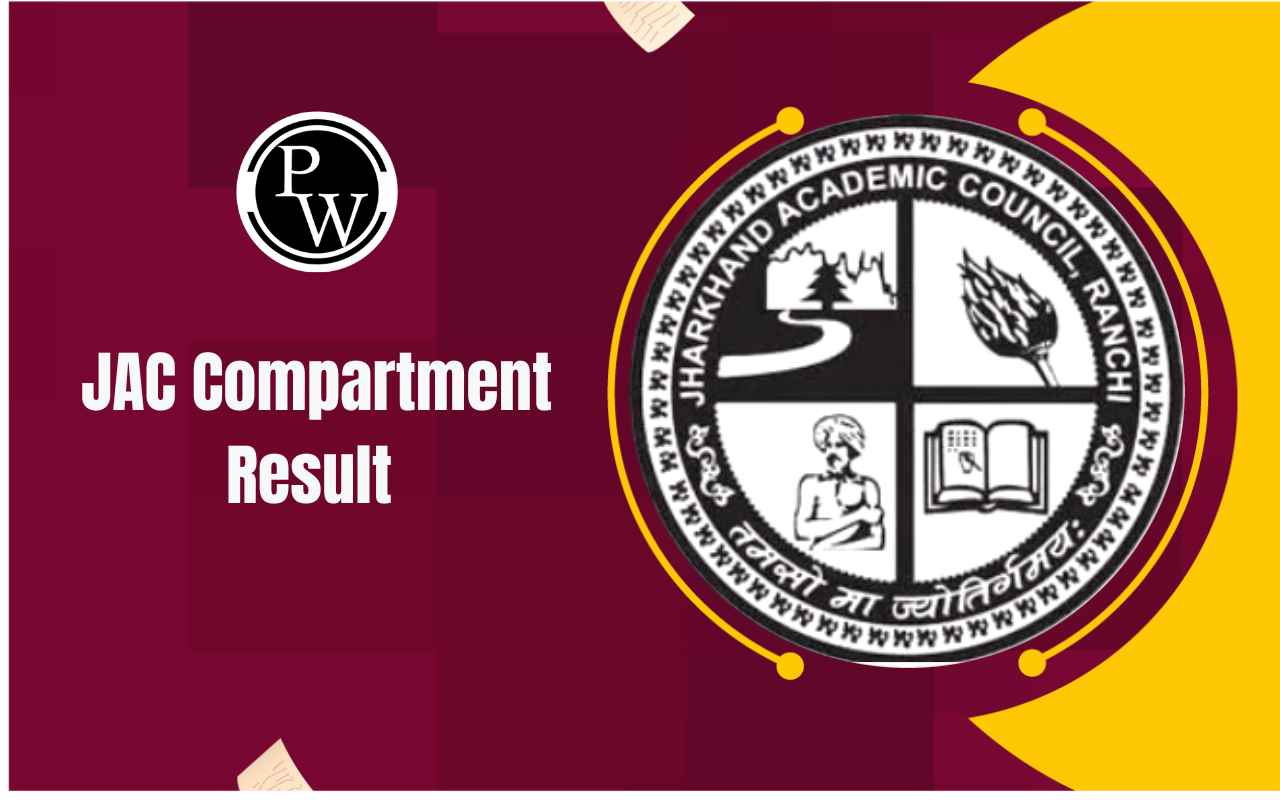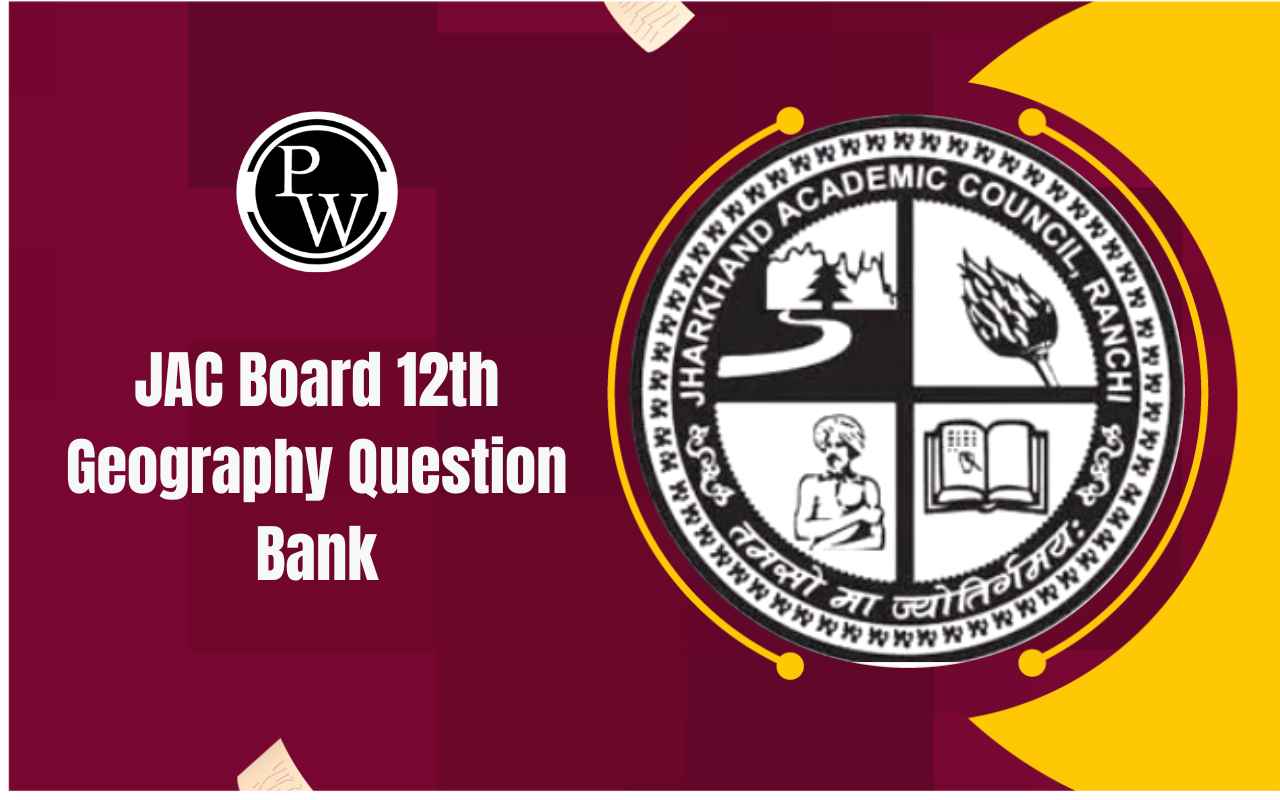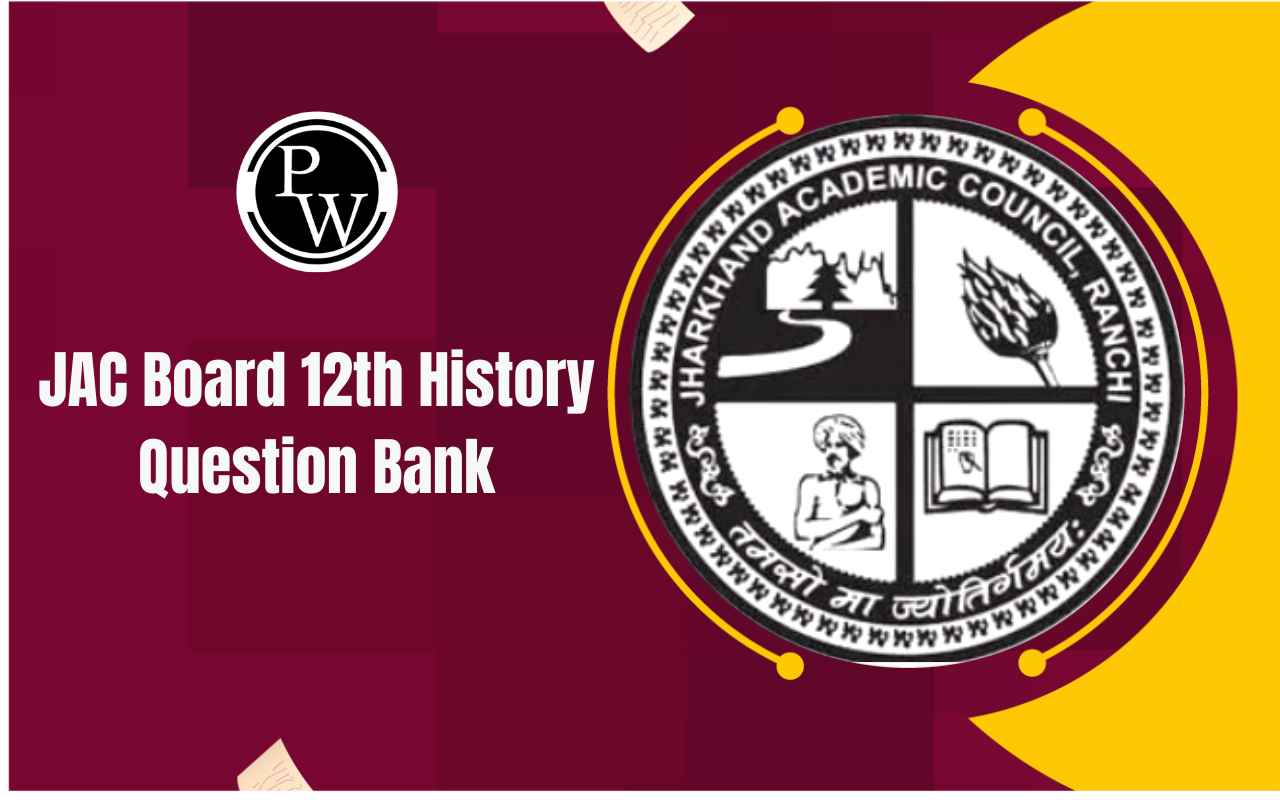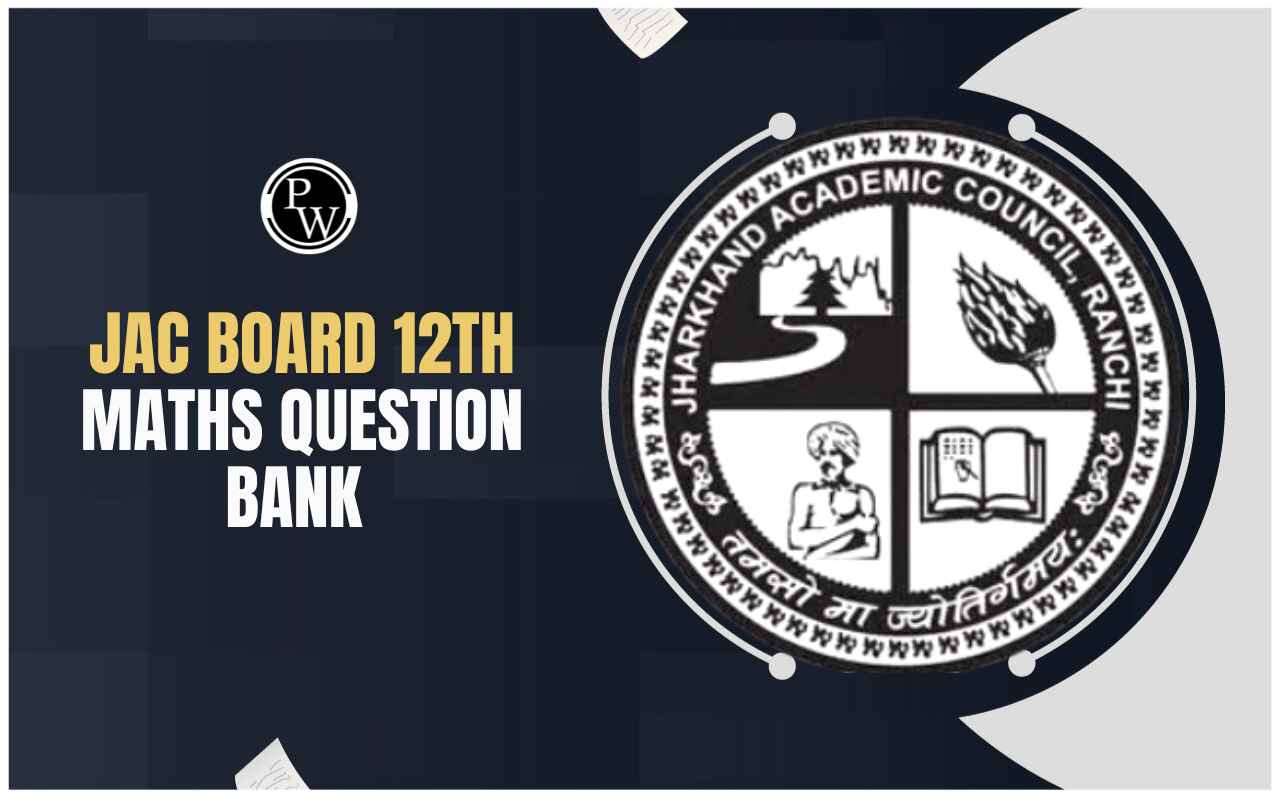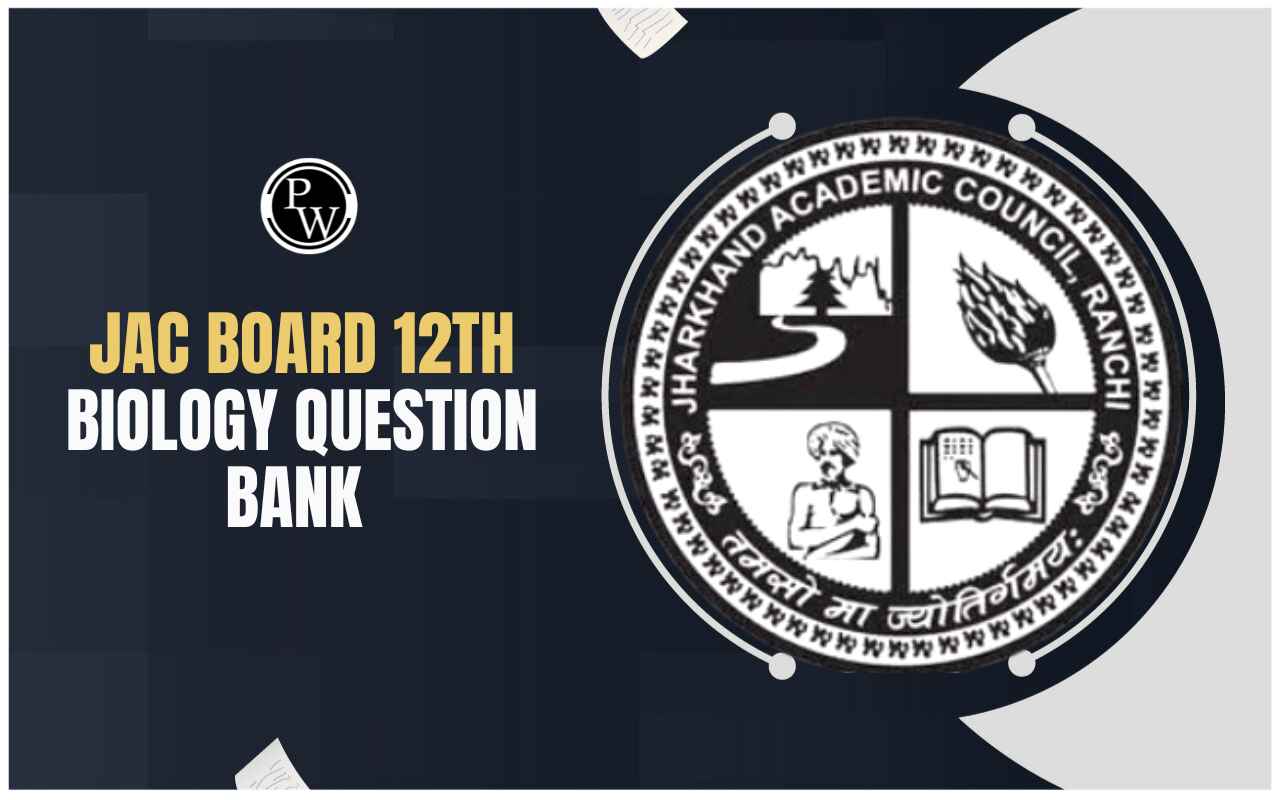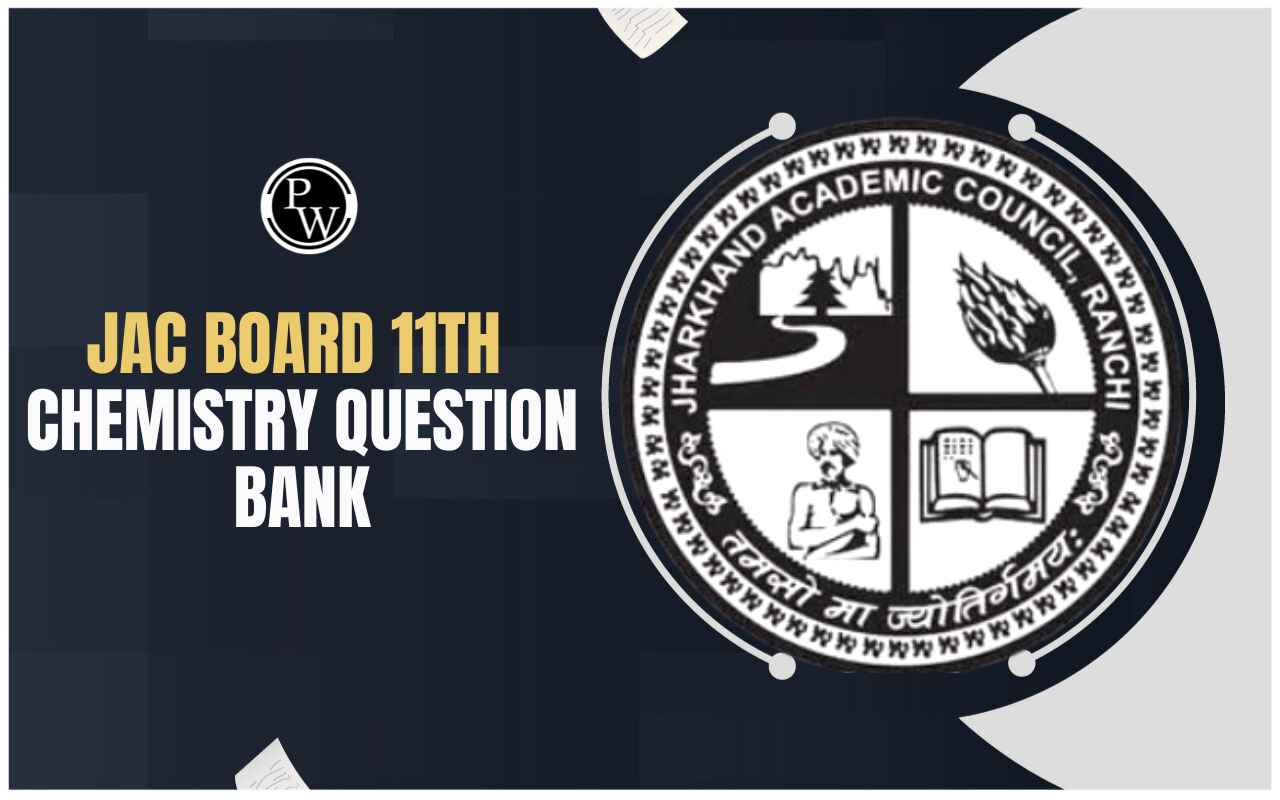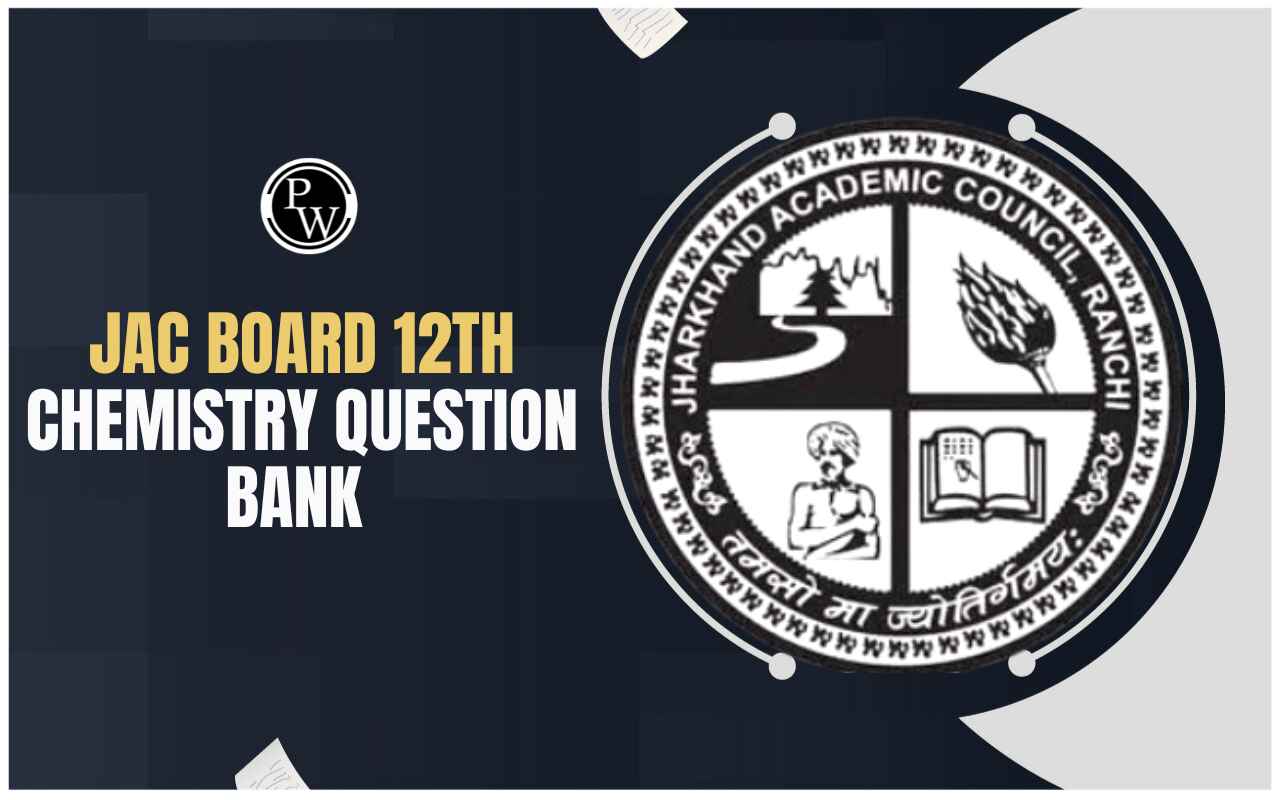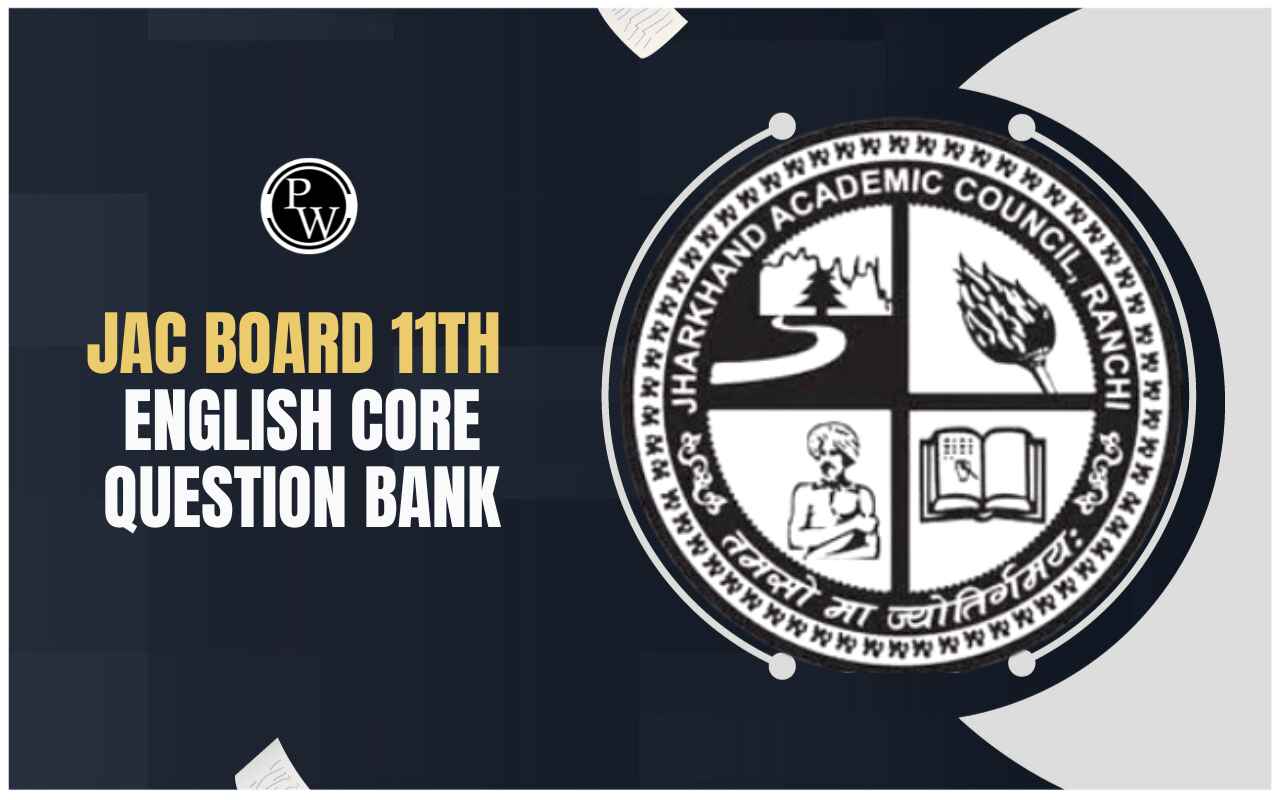
JAC Board Class 12th Civics Syllabus: The JAC Board Class 12th Civics syllabus covers topics like the Indian Constitution, political institutions, governance, and international relations. The exam pattern includes both objective and subjective questions, with a total of 100 marks—80 for theory and 20 for internal assessment.
Students are advised to study each unit in depth as per the JAC Board syllabus and practice from previous year papers to understand the question format and improve time management. The syllabus is designed to develop analytical and conceptual understanding of political processes. Regular revision, sample papers, and previous year papers are essential for scoring well in the final exam.
JAC Board Class 12th Civics Syllabus 2025
The JAC Class 12th Syllabus for Civics includes key topics from Contemporary World Politics and Politics in India Since Independence. It helps students understand global affairs and Indian political development. The syllabus follows a structured exam pattern and aligns with previous year papers. Check the detailed chapter-wise syllabus below for a complete overview of topics and subtopics.
JAC Board Class 12 English Syllabus
|
JAC Board Class 12th Civics Syllabus |
|
|
Unit |
Chapter/Topics |
|
Ch 1: The End of Bipolarity |
a) The Soviet System b) Gorbachev and the collapse c) Reasons behind and effects of the Soviet Union's dissolution d) Shock Therapy and its Consequences e) New entities in world politics (Russia, Balkan States, Central Asian States) f) India’s ties to post-communist nations including Russia |
|
Ch 2: Contemporary Centres of Power |
a) European Union b) Association of Southeast Asian Nations c) Rise of China as an economic power d) Japan and South Korea |
|
Ch 3: Contemporary South Asia |
a) Military and Democracy in Pakistan and Bangladesh b) Nepalese monarchy and democracy c) Sri Lankan democracy and ethnic conflict d) India-Pakistan Conflicts e) India and its Neighbours f) Peace and Cooperation |
|
Ch 4: International Organizations |
a) Importance of international organizations b) The UN's evolution c) Composition and objectives d) The UN Principal Organs e) Role of UN in Cold War and reform f) Key Agencies: IMF, World Bank, WTO, ILO, IAEA g) NGOs and Human Rights h) Security Council reform |
|
Ch 5: Security in the Contemporary World |
a) Conventional and non-conventional views on security b) Novel Threat Sources c) Security Cooperation d) India's security policy |
|
Ch 6: Environment and Natural Resources |
a) Environmental Concerns b) Global Commons c) India's stand on Environmental Issues d) Resource Geopolitics e) Rights of indigenous peoples |
|
Ch 7: Globalisation |
a) Concept and Causes b) India and Globalisation c) Resistance and Consequences of Globalisation |
PART B – POLITICS IN INDIA SINCE INDEPENDENCE
Part B – Politics in India Since Independence covers India’s political journey post-1947, including nation-building, planning, external relations, and democratic challenges. It helps students analyze key political events and developments.
This section is vital for understanding modern Indian politics and frequently appears in board exams. Check the detailed chapter-wise syllabus below to explore all important topics and subtopics.
|
Unit |
Chapter/Topics |
|
Ch 1: Challenges of Nation-Building |
a) Partition: Displacement and Rehabilitation b) Integration of Princely States (Hyderabad, Manipur) c) Reorganisation of States |
|
Ch 2: Era of One-Party Dominance |
a) Establishing democracy b) Congress dominance c) Ideological coalitions and opposition |
|
Ch 3: Politics of Planned Development |
a) Ideas of Development b) Planning Commission c) Five Year Plans d) Rapid Industrialisation |
|
Ch 4: India’s External Relations |
a) Non-Alignment Policy b) Nehru’s Role c) Conflicts with China, Pakistan d) Bangladesh War 1971 e) India’s Nuclear Policy |
|
Ch 5: Challenges to and Restoration of Congress System |
a) Elections of 1967 b) Indira vs Syndicate c) 1971 Election and Congress Restoration |
|
Ch 6: The Crisis of Democratic Order |
a) Emergency 1975-77: Causes and Impact b) Janata Government c) Lessons from the Emergency |
|
Ch 7: Regional Aspirations |
a) Jammu and Kashmir b) Regional movements c) External and Internal Disputes |
Steps to Download JAC Board Class 12th Civics Syllabus
Below we have provided the steps to download the JAC Board Class 12th Civics Syllabus -
- Visit the Official Website
Open your browser and go to the official website of the Jharkhand Academic Council (JAC):
https://jac.jharkhand.gov.in - Navigate to the Academics Section
On the homepage, look for the "Academics" tab or menu. Hover over or click on it to view the dropdown or extended menu. - Click on the “Syllabus” Option
Under the Academics section, click on the "Syllabus" link. This will take you to a page listing syllabus PDFs for various classes and subjects. - Select “Class 12” from the List
Scroll down the syllabus page until you find the Class 12 section. Here, you will see a list of subjects available for Class 12. - Choose “Civics” Subject
In the Class 12 list, locate Civics (sometimes listed as Political Science). Click on the corresponding PDF link to open the syllabus. - Download the Syllabus PDF
Once the syllabus opens in your browser, click on the download icon (usually on the top-right corner of the PDF viewer) to save the file to your device.
JAC 12th Civics Exam Pattern and Marking Scheme
The JAC 12th Civics exam follows a structured pattern with 100 total marks—80 for the written exam and 20 for the internal assessment. The theory paper includes objective, short, and long answer questions based on key syllabus topics. Internal marks are awarded through project work, assignments, and class performance. Understanding the JAC Class 12th Exam Pattern helps students prepare efficiently and score better.
Note- Below we have provided a basic structure, it is always recommended to visit the official website.
|
JAC 12th Civics Exam Pattern and Marking Scheme |
|||
|
Type of Questions |
Number of Questions |
Marks per Question |
Total Marks |
|
Very Short Answer Questions |
4–5 |
1 mark |
4–5 marks |
|
Short Answer Questions |
6–8 |
2–3 marks |
12–16 marks |
|
Long Answer Questions |
4–6 |
4–6 marks |
24–36 marks |
|
Map/Project-Based/Case Study |
1–2 |
4–6 marks |
6–8 marks |
Internal Assessment (20 Marks)
-
Project Work: 10 marks
-
Class Performance/Assignment: 5 marks
-
Viva/Presentation: 5 marks
How the JAC Civics Syllabus Helps in Smart Study Planning
The JAC Class 12th Civics syllabus acts as a roadmap for smart and structured study planning. It lists all chapters and important topics, helping students prioritize areas based on weightage and difficulty. By following the syllabus, students can create a focused timetable, allocate time wisely, and avoid studying irrelevant content.
It also aids in effective revision and ensures alignment with the exam pattern. Regular tracking using the syllabus boosts confidence and maximizes JAC Board Class 12th Preparation Tips efficiency before the board exams.
Benefits of Using JAC Board Class 12th Civics Syllabus
Below we have provided the benefits of using the JAC Board class 12th Civics Syllabus -
1. Clear Understanding of Exam Content
The syllabus outlines all chapters, topics, and subtopics, helping students know exactly what to study and what to skip.
2. Aligns with Exam Pattern
It reflects the official exam structure—such as the weightage of marks and types of questions, so students can prepare accordingly.
3. Helps in Planning and Time Management
By breaking down the syllabus, students can create a study plan and allocate time to each topic based on importance and difficulty.
4. Useful for Tracking Progress
The syllabus acts as a checklist, helping students track which topics are completed and which are pending.
5. Supports Targeted Revision
During revision, students can focus only on the listed topics, making their preparation more focused and efficient.
6. Improves Score with Smart Preparation
Studying strictly according to the syllabus reduces wasted effort and increases the chance of scoring high in board exams.
7. Helps with Solving Previous Year Papers
Many questions in past papers directly align with the syllabus, making it easier to predict and practice relevant questions.
JAC Board Class 12th Civics Syllabus FAQs
Where can I download the JAC Class 12 Civics syllabus?
What are the main parts of the Civics syllabus?
Is the syllabus helpful for board exam preparation?
Does the syllabus include international relations topics?


